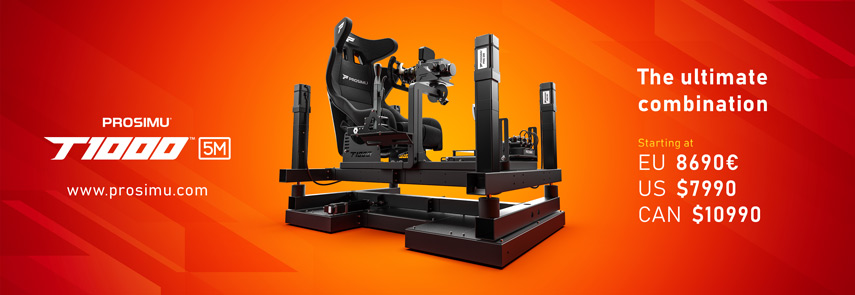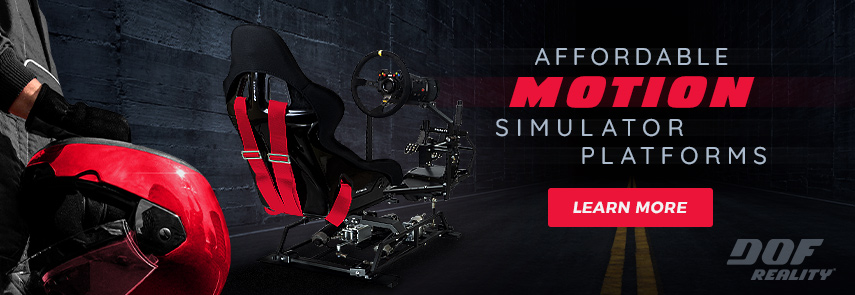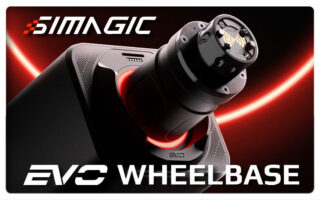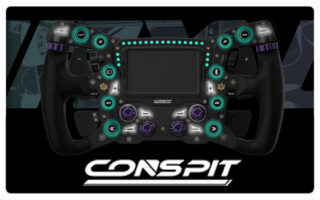How useful is the Oculus Rift DK1 in its current state?
Gadget junkie Jerry “Barnacules Nerdgasm” has been waiting a long time to get his hands on an Oculus Rift DK1 VR set. Luckily he had a friendly co-worker who owned one of the Rift units, and was willing to loan it out for a full review. All in all, Barnacules was very impressed with the technology. Jerry takes the VR set on a test tour using the iRacing Simulator. While this is still a development version, the build quality is more then fine. Jerry was also amazed how light weight the unit is. This is a very important feature, because it is obvious that a heavy unit would not be suited for longer gaming sessions.
While Barnacules performs his reviews in a rather original and humoristic style, it does flatter him that he takes the bull by the horns, and does not beat around the bush when it comes to a little criticism. Lets first state that we know it’s a development version, and with a new Development kit coming out soon, things might change for the better.
The real downside of the development set is the used resolution. The Oculus Rift DK1 development kit has a 1280 x 800 display. That might sound ok, but you will have to remember that this resolution is divided in two parts, to create the left and right screen. This leaves us with a usable resolution of 640 x 800. That of course is way too low for that ultimate experience. To make things worse, all objects in the distance will look very blurry. With the upcoming version 2 of the kit, the resolution will be pumped up to 1080P. (1920×1080) That’s a good improvement, but will still be divided into two leaving us with an effective 960×1080 pixels per eye.
This would mean that a 4K resolution is the way to go for the Oculus Rift. We are sure that this will eventually be the case. However, keep in mind that the head tracker will have to be able to cope with the higher resolution, as far as latency is concerned, and that it effectively needs a faster graphics card to drive it. In conclusion, this all means that the Oculus Rift is an amazing gaming technology in development, but before it will deliver the ultimate gaming experience, some work and time will pass.
| Developer | Oculus VR |
| Display | 7″ LCD 1280×800 |
| Resolution | 640×800 per eye |
| Optics | 2x aspheric lenses |
| Tracking | Custom 9-axis tracker (3dof rotational) |
| Tracking frequency | 1000Hz |
| Tracking latency | ~2ms |
| End-to-end latency | 50-60ms |
| FOV | monoscopic : 99°H (46° inwards, 53° outwards) binocular : 106°H default rendering in SDK 2.5 : 114.5°H 125.5°V ref required |
| Weight | 380 grams |
| Release date | March 30, 2013 |
| Price | $300 |
| Official Webpage – http://www.oculusvr.com/ |
 Bsimracing Sim Racing Resources and News for the racing enthousiast.
Bsimracing Sim Racing Resources and News for the racing enthousiast.






